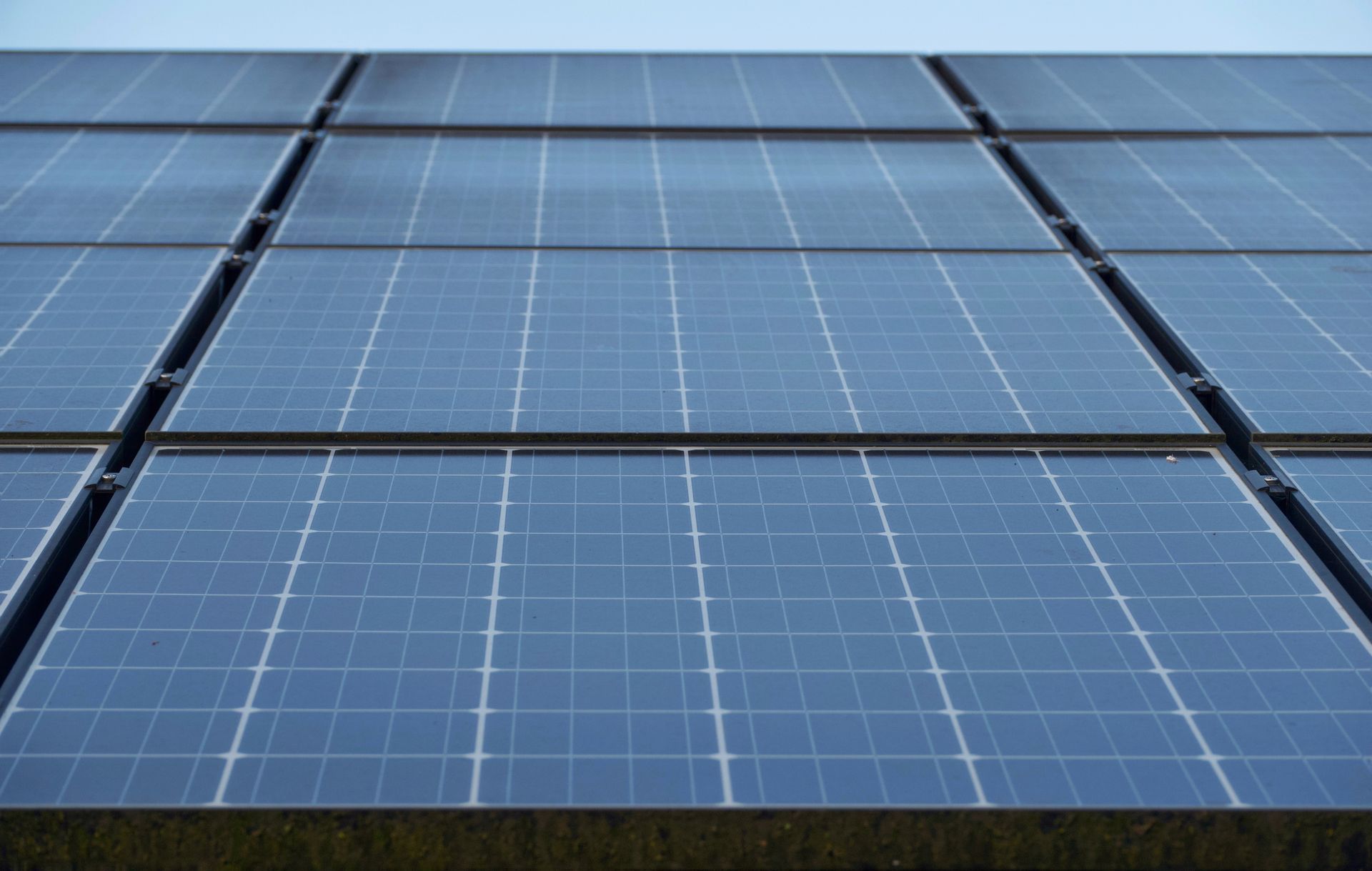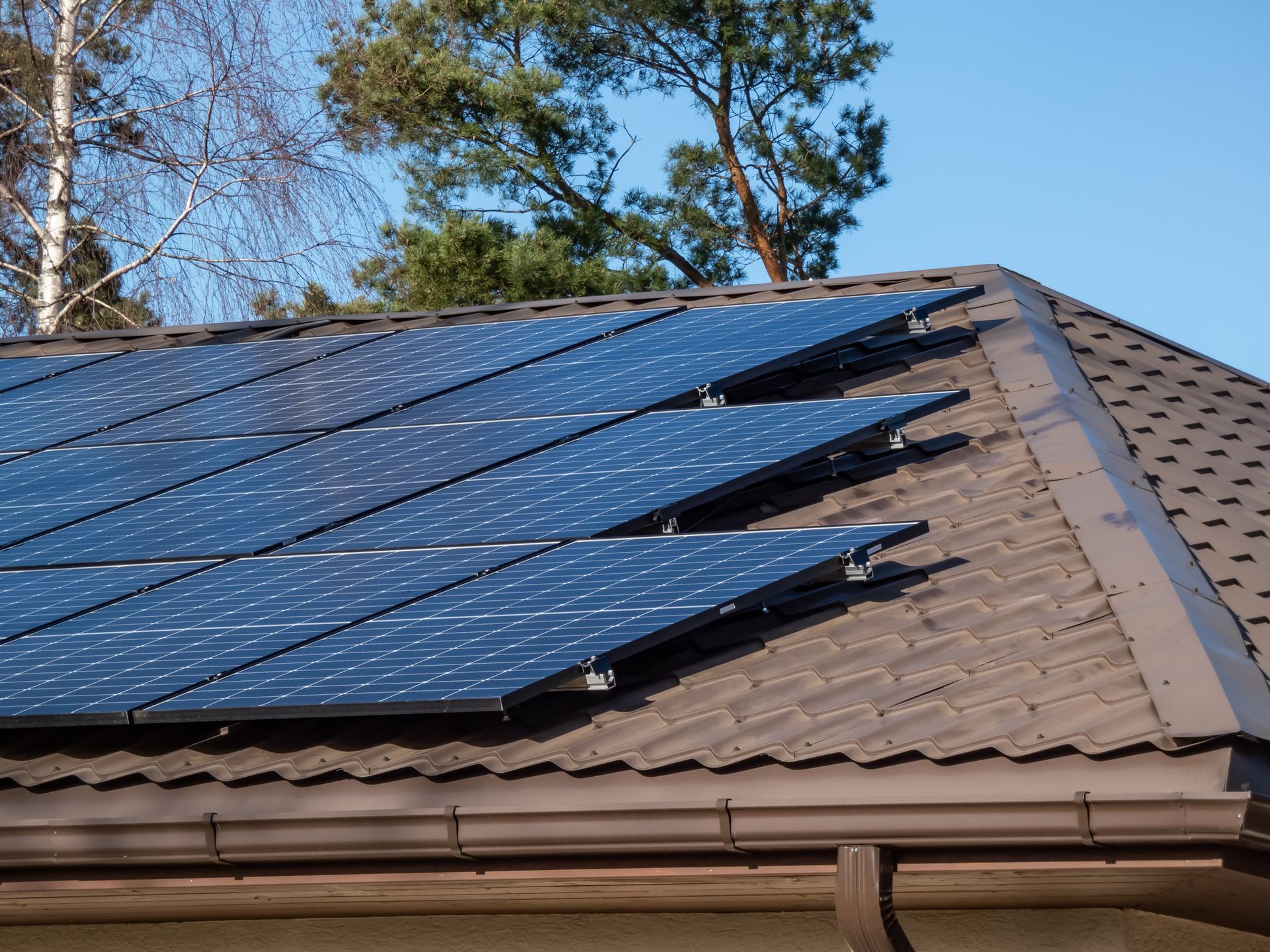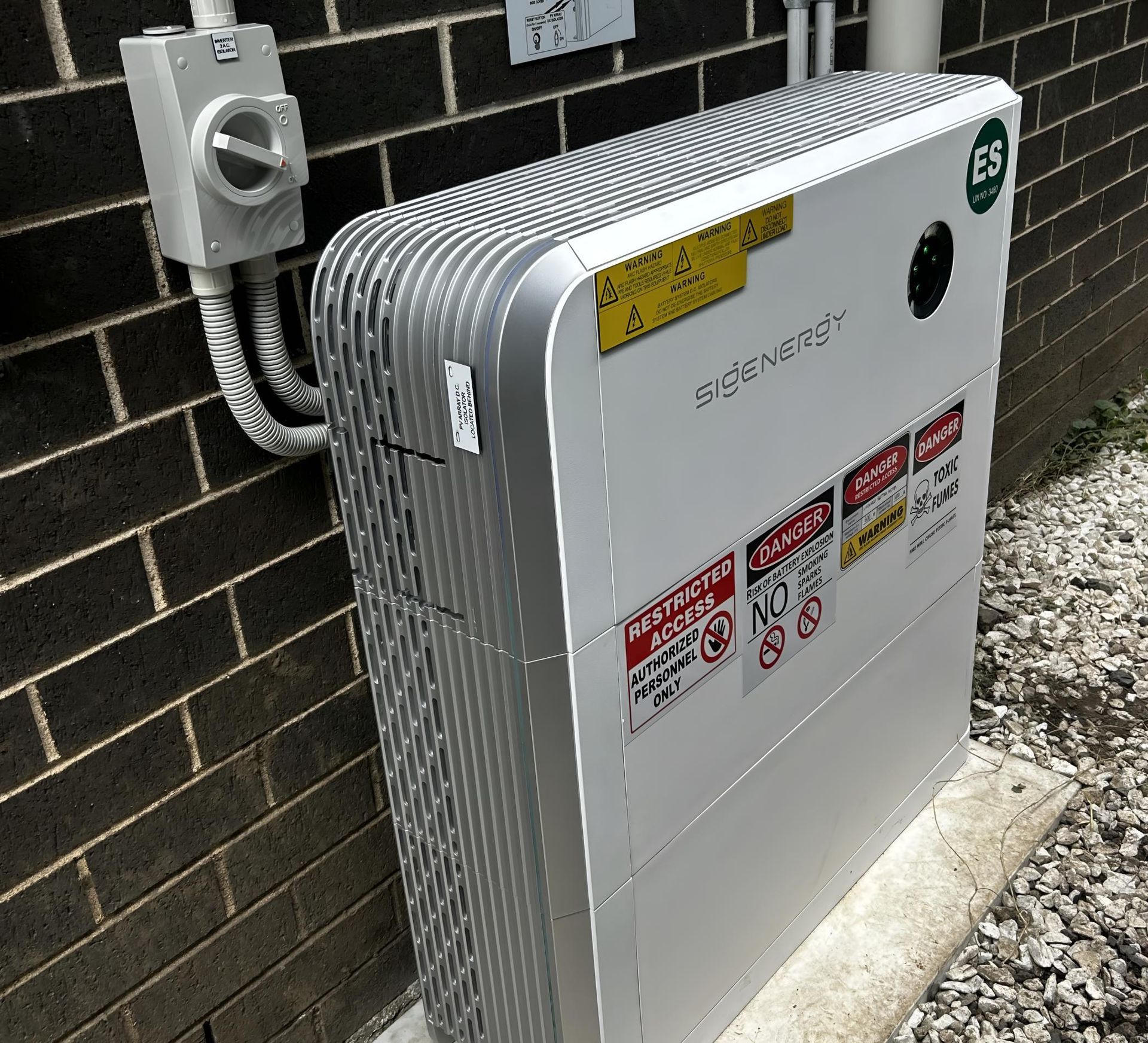How To Choose The Right Solar Panel System For Your Home
Choosing a solar panel system is more than picking panels and an inverter. It’s about understanding your household’s energy needs, planning for the future and making sure the system is designed and installed properly. Every home is different, which means the right solution comes from balancing usage, efficiency and long-term goals. With expert guidance, homeowners can make informed decisions that deliver reliable savings and sustainable energy for years to come.
Start with Your Household Energy Goals
The first step in selecting a solar system is knowing what you want to achieve. Solar installers begin by helping homeowners define these goals so the right solution is tailored to the property. Some households focus on lowering bills immediately, while others want to reduce their reliance on the grid long term.
Common goals include:
- Reducing electricity bills without changing lifestyle habits
- Preparing for a solar battery in the future
- Building more independence from rising energy costs
By setting clear objectives early, it’s easier to design a system that matches your expectations.
Matching System Size to Daily Usage
No two households use energy in exactly the same way. Installers assess usage patterns, including when electricity demand is highest, which appliances are most used and how many people live in the home. This helps determine the right system size. Installers look at factors such as:
- Past electricity bills for average daily consumption
- The impact of high-energy appliances like air conditioners
- Anticipated changes, such as electric vehicle charging
Sizing the system correctly avoids overspending while ensuring enough capacity to meet daily needs.
Panel Efficiency: Why Quality Matters Over Quantity
Panel efficiency directly influences how much energy your system generates. High-efficiency panels may cost more upfront but produce more power from limited roof space, making them a smart choice for some homes. Installers guide homeowners through the trade-offs between efficiency, quantity and budget. Points considered include:
- Roof size and available space for panels
- Budget and return-on-investment calculations
- Matching panel efficiency with energy goals
The right panels aren’t always the cheapest or the largest quantity — they’re the ones that deliver consistent performance for your specific property.
Roof Orientation, Shade and Structural Checks
A solar system is only as good as the roof it’s installed on. That’s why installers carry out detailed site inspections before recommending a system. Roof orientation, pitch and shade levels all affect energy production, and structural integrity needs to be assessed for safety. During inspections, installers consider:
- Roof angle and orientation for maximum sun exposure
- Trees, buildings or chimneys that cast shade
- Roof condition and strength to support the system
By addressing these factors, the system design ensures maximum output and long-term reliability.
Thinking Ahead: Compatibility with Solar Batteries
Even if you’re not ready for a solar battery now, it’s smart to plan for it. Installers can design systems that are battery-ready, meaning you can add storage later without major upgrades. This future-proofing approach saves time and cost down the track. Battery-ready systems provide:
- Flexibility to store excess solar energy in the future
- Reduced reliance on the grid during peak hours
- Long-term sustainability with evolving technology
Having this conversation early helps homeowners make decisions that won’t limit their options later.
Understanding Warranties and Product Lifespans
Solar panels and inverters come with manufacturer warranties, but the details can vary. Installers explain what’s covered, how long the warranties last and what maintenance is recommended for optimal performance. Key considerations include:
- Warranty terms for panels, inverters and batteries
- Expected lifespan of each component
- Maintenance requirements for long-term performance
This knowledge helps homeowners feel confident in their investment and understand the value of ongoing care.
Installation Process: What to Expect on the Day
Knowing what happens on installation day helps remove uncertainty. Installers manage everything from scaffolding and safety measures to electrical connections and compliance certificates. Typical steps include:
- Preparing the roof and installing racking systems
- Mounting panels and connecting the inverter
- Testing the system and handing over compliance paperwork
At the end, homeowners receive a clean, functional solar system with guidance on how to monitor performance.
Ongoing Support and Monitoring for Peace of Mind
After installation, support doesn’t stop. Installers provide ongoing services to help homeowners get the most from their system. This may include performance monitoring, maintenance checks and assistance with warranty claims if needed. Support services often cover:
- System performance tracking and alerts
- Scheduled maintenance or inspections
- Customer support for troubleshooting
These services give peace of mind and help ensure the system continues performing well into the future.
Book a Service Today
At Solarblu, we provide tailored solar panel installations in Dapto and surrounds that consider your household needs today and your plans for tomorrow. From system design to installation and aftercare, our team focuses on creating long-term solutions that work for local homes, where energy costs and weather conditions can vary. If you’re ready to explore solar panel installation, book a consultation with our team.







